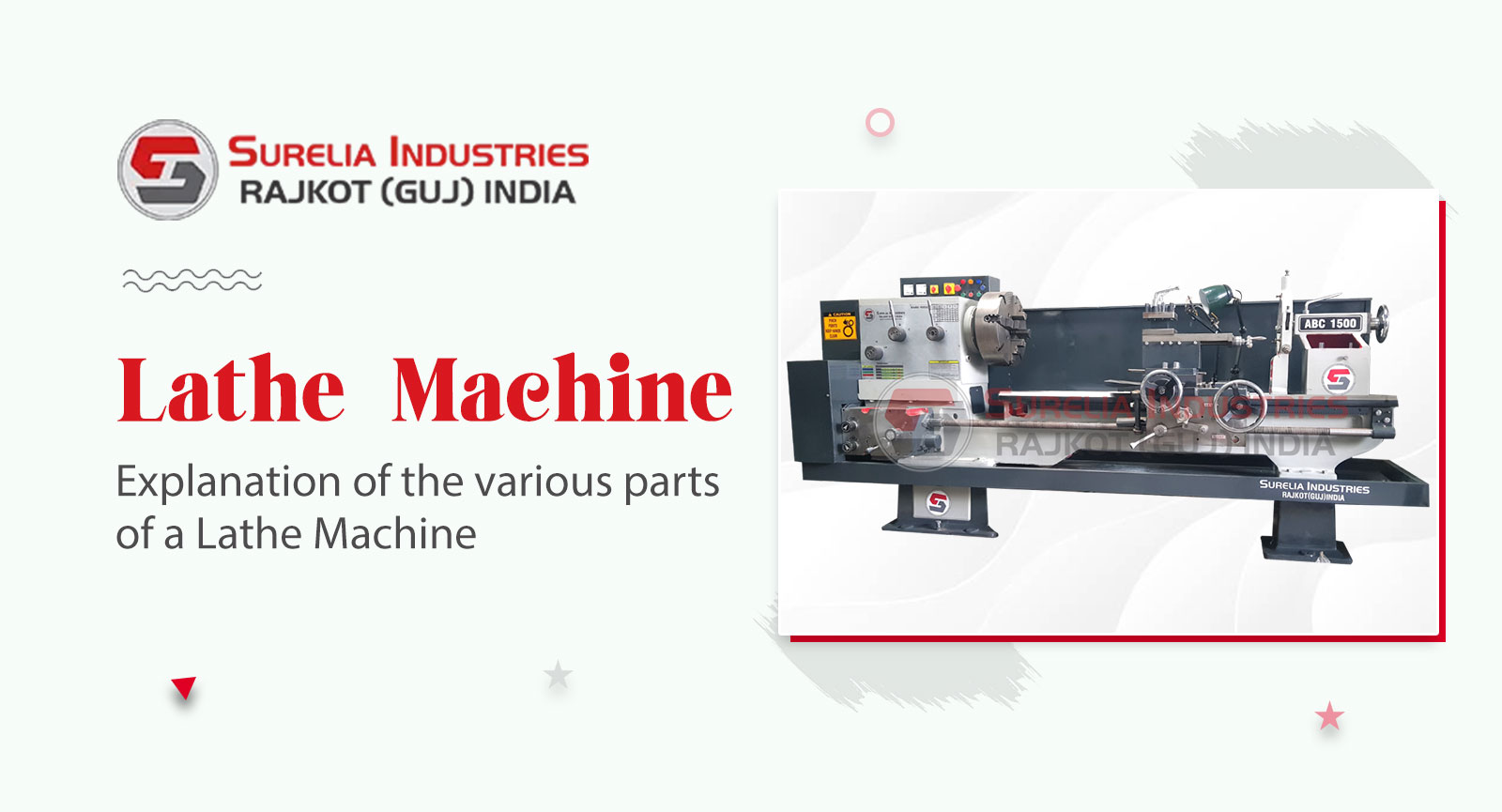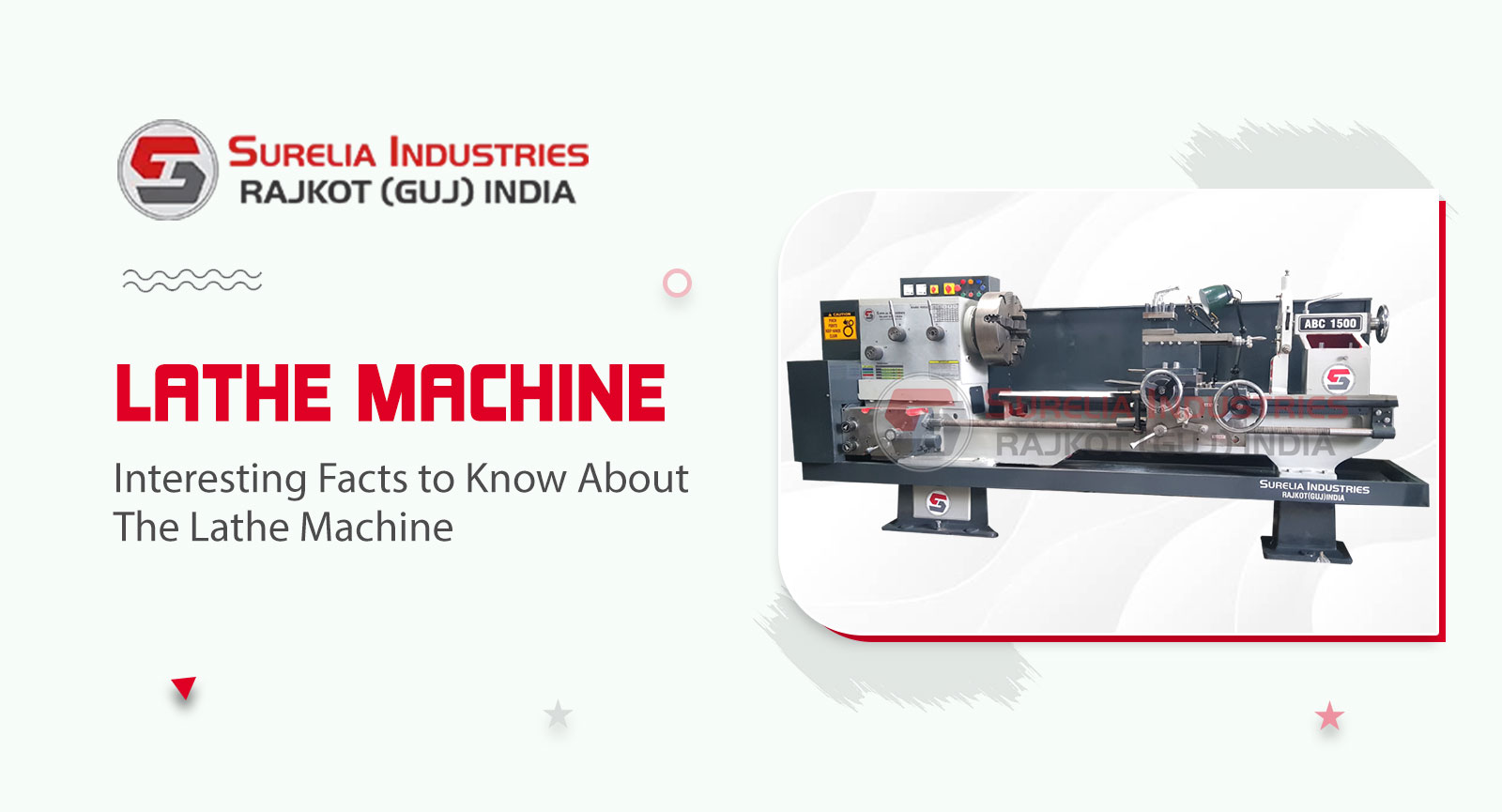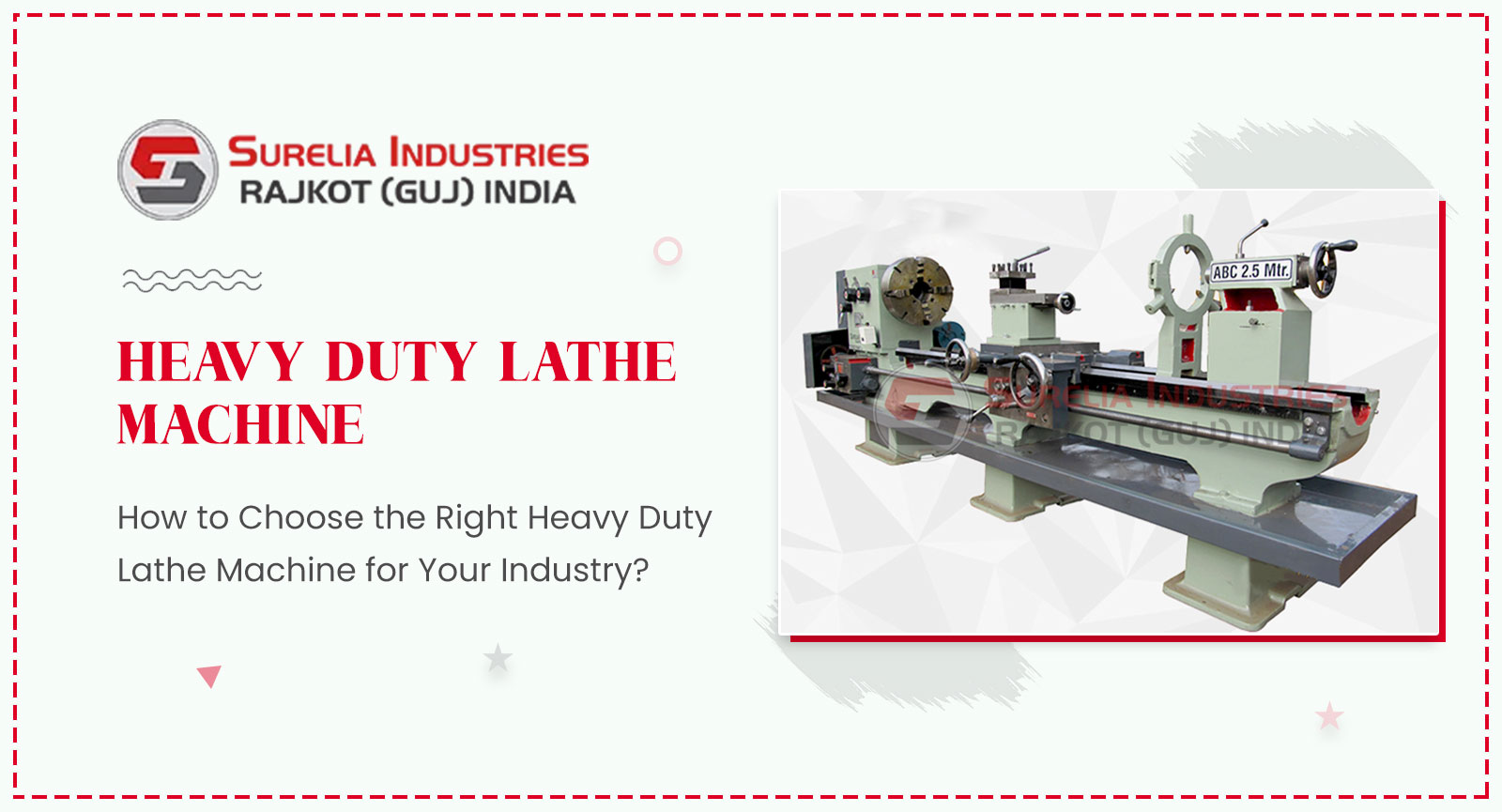A lathe machine, an essential piece of equipment in industrial settings, serves various functions such as cutting, sanding, and turning workpieces. Unlike milling machines, lathes rotate workpieces against a stationary tool bit, shaping materials like wood and metal. In traditional lathes, manual operation is common, where a person controls the machine. If you’ve encountered a lathe recently or are using one, you might be curious about its components. Explore them further by delving into the following details.
What is a Lathe Machine?
A lathe is a machine tool that spins a workpiece, allowing different operations such as turning, facing, knurling, and grooving to be performed on it using tools applied to the workpiece. Other processes performed on a lathe include grooving and deburring. Lathe Machine Manufacturers In India provide several various models, each tailored for a certain type of work. Some lathe types include CNC lathes, speed lathes, engine lathes, tool-room lathes, special-purpose lathes, and other machines. To fully appreciate the functionality and versatility of a lathe, it’s essential to understand its various components.
Know About the Lathe Machine Parts
Bed:
The bed of a lathe machine serves as its foundation, providing a stable platform for all other components. Typically made of cast iron, the bed is a long, rigid structure that supports the carriage, tailstock, and other essential parts. Its flat and accurately machined surface ensures proper alignment and smooth movement of the carriage along its length.
Headstock:
Located at one end of the lathe bed, the headstock houses the main spindle, which rotates the workpiece. It also contains various gearing mechanisms to control spindle speed and direction. The headstock often features a chuck or other holding device to secure the workpiece firmly in place during machining operations.
Tailstock:
The tailstock is positioned at the opposite end of the lathe bed from the headstock. It serves as a support for the other end of the workpiece, providing stability and preventing deflection during machining. The tailstock can be adjusted along the bed’s length to accommodate different workpiece lengths and can also be used to hold tools for drilling or boring operations.
Carriage:
The carriage is one of the most critical components of a lathe machine, responsible for holding and moving the cutting tool relative to the workpiece. It consists of a saddle mounted on the lathe bed and a cross-slide that moves perpendicular to the workpiece’s axis. The carriage also houses the tool post, which holds the cutting tool securely in place.
Cross-slide:
The cross-slide is a crucial part of the carriage assembly, allowing precise movement of the cutting tool perpendicular to the workpiece’s axis. It can be adjusted manually or used power feed mechanisms to control the depth and direction of cuts, enabling the creation of intricate shapes and threads.
Apron:
The apron is attached to the front of the carriage and houses various mechanisms for controlling the movement of the carriage and cross-slide. It typically contains gears, clutches, and levers for engaging the feed mechanism, reversing the carriage direction, and controlling the cutting tool’s depth of cut.
Lead Screw:
The lead screw is a long, threaded rod located parallel to the lathe bed and connected to the carriage. It provides a means of accurately moving the carriage along the bed’s length, allowing for precise machining operations such as threading and facing. By turning the lead screw manually or using power feed mechanisms, operators can control the carriage’s longitudinal movement.
Chuck:
The chuck is a holding device mounted on the spindle of the lathe’s headstock, used to secure the workpiece during machining operations. Chucks come in various designs, including three-jaw, four-jaw, and collet chucks, each suited to different types of workpieces and machining tasks. They provide a secure grip on the workpiece, ensuring precise and consistent machining results.
Conclusion:
Understanding the various components of a lathe machine is essential for anyone involved in machining operations, whether as a hobbyist, craftsman, or professional manufacturer. If you want to invest in a lathe machine, there is no need to rush. You can come to Surelia Industries, the leading lathe machine manufacturer in India. With a staff of seasoned specialists and engineers, we continue to be the nation’s leading supplier of equipment components. For years, we have been redefining smart tool production and developing unique solutions based on our skills and knowledge.

Surelia Industries
Surelia Industries has immense expertise in the manufacturing of lathe machine. We have been providing top quality Lathe Machine to our clients since 1975.









